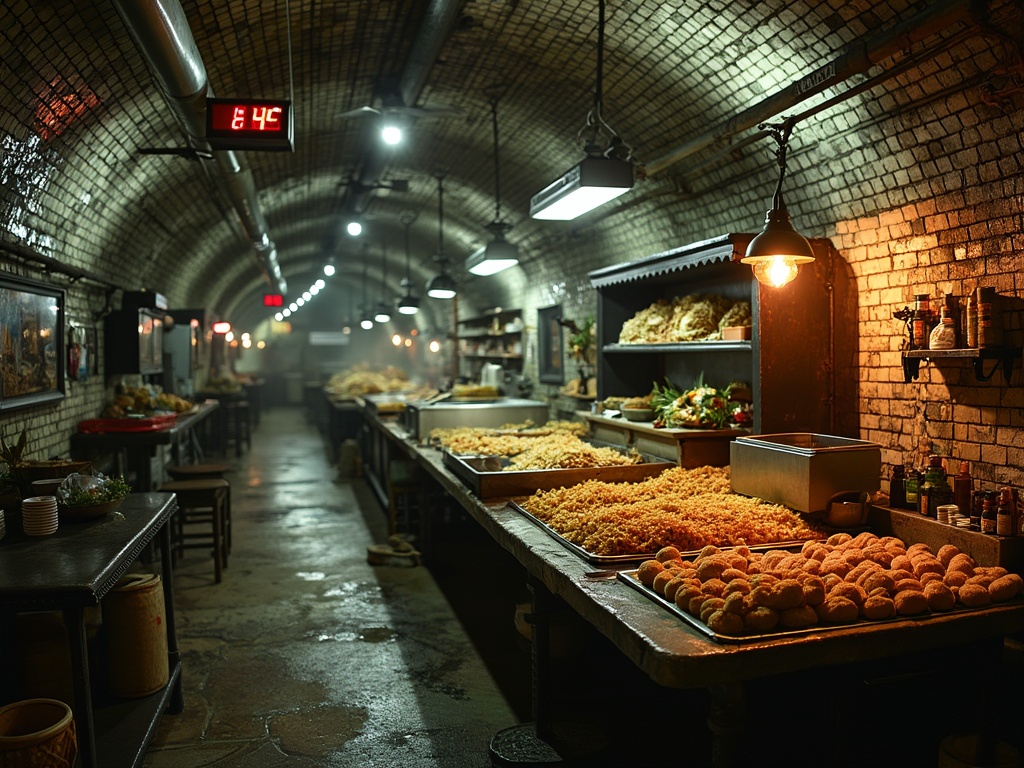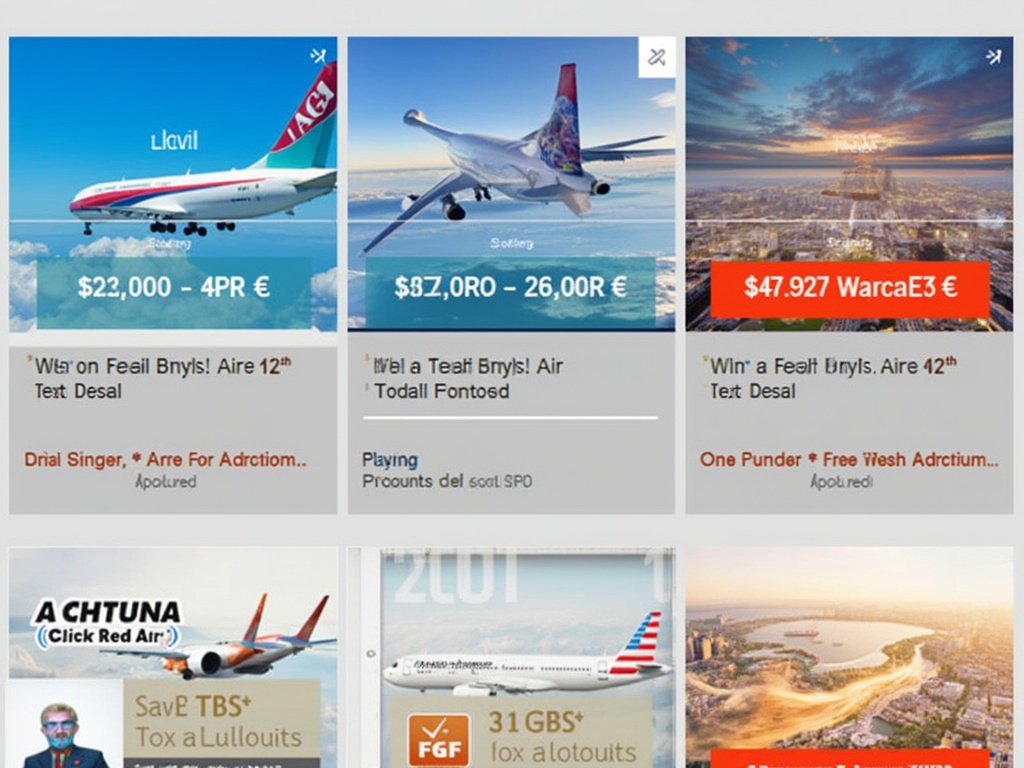Digital dining has transformed this winter's underground food scene, as customers embrace global comfort foods and personalized dining options. Powerful delivery trends reveal that 70% of food enthusiasts chose delivery last month, selecting everything from rich Malaysian laksa to steaming premium ramen bowls.
Key Takeaways:
- Solo dining has pushed restaurants to modify their spaces and create specialized menus for individual customers
- The dominance of third-party delivery apps defines current winter dining patterns, capturing more than 50% of customer orders
- Warming soups and stews from international cuisines lead the winter delivery movement
- Miami, Tampa, and Atlanta stand out as central hubs driving growth in the underground food scene
- Social platforms shape 72% of dining decisions, with customers following current food trends and viral content
The Rise of Winter Comfort Food Delivery
Global Comfort Foods Take Center Stage
I'm noticing a significant shift in winter food delivery trends, with hearty global soups and stews leading the charge. According to recent industry data, 70% of food lovers ordered delivery last month, while 52% now view takeout as a crucial part of their daily routine. Restaurant owners have caught on, with 65% reporting stronger delivery sales than pre-pandemic levels.
Here's what's hot in winter comfort food delivery:
- Malaysian laksa – rich coconut curry noodle soup with intense aromatics
- Premium ramen bowls – featuring 18-hour bone broths and custom noodles
- Spanish salmorejo – a velvety cold soup that's perfect for warmer winter days
- Hearty European stews – slow-cooked with seasonal root vegetables
- African peanut soups – packed with warmth and protein-rich ingredients
These dishes offer both comfort and adventure, perfect for those chilly nights when you want something satisfying delivered right to your door.
Where Americans Are Dining This Winter
Casual Dining Takes the Lead
American dining habits show a clear preference for laid-back experiences, with casual dining spots leading at 62% of restaurant visits. Fast casual follows at 54%, while traditional fast food claims 51% of dining choices. Most diners keep their budgets moderate, with 42% of diners spending between $11-20 per person on meals.
The Rise of Social Sipping
Happy hour culture is transforming winter dining patterns. I'm seeing more people swapping full dinners for extended aperitivo sessions. Younger diners are particularly fond of mixing their drink choices – 23% of millennials and Gen Z order both alcoholic and non-alcoholic options during their outings. Italian-inspired cocktails are making a splash this winter, with Aperol and Campari spritzes becoming popular choices for social gatherings. This shift indicates a growing preference for shareable, social dining experiences over traditional meal formats.
The Digital Revolution in Food Ordering
App-Based Ordering Transforms Winter Dining
Winter dining habits have shifted dramatically with technology leading the charge. I've noticed third-party delivery apps dominating the scene, with over half of diners choosing them as their preferred ordering method. Small restaurants particularly benefit from this trend, as 70% now rely solely on these platforms to handle their delivery services.
Social Media's Impact on Food Choices
Social media has become a powerful force in shaping what we eat during the cold months. The numbers tell a compelling story – 72% of food lovers make their dining choices based on what's trending across social platforms. This influence has pushed 67% of customers to actively seek trending dishes when browsing restaurant menus.
Here's how different generations embrace food delivery technology:
- Gen Z leads the charge with 70% regularly using delivery apps
- Baby Boomers show more restraint, with only 29% embracing app-based ordering
- Millennials and Gen X fall somewhere in between, maintaining steady usage
These shifts reflect a broader change in how we discover and order food. Social media's influence extends beyond just pretty pictures – it's actively shaping menu development and restaurant offerings. Modern diners expect easy access to trending dishes they've seen online, pushing restaurants to adapt their menus and delivery strategies accordingly.

Solo Dining: The New Winter Trend
Personal Dining Spaces
Solo dining has surged in popularity, with social media conversations rising 7% from last year. I've noticed restaurants stepping up their solo dining game, creating cozy bar seats perfect for one. These spots offer prime views of skilled chefs at work, making winter evenings extra special.
Menu Innovation for One
Restaurants now craft menus specifically for single diners. Here's what I've spotted in this growing trend:
- Small-plate options that don't sacrifice variety
- Half-portions of signature dishes
- Tasting menus scaled for individuals
- Bar-specific menus with quick-serve items
- Solo diner meal kits for delivery
The social aspect hasn't been forgotten. Many restaurants now host communal tables where solo diners can choose to interact with others or enjoy their meal privately. Delivery services have caught on too, offering single-portion meals and special packaging for individual servings.
I've seen creative touches like single-serving hot pots and personal fondue sets becoming winter favorites. Some spots even provide reading materials or personal entertainment tablets, making solo dining feel natural and comfortable. Bar seating has become prime real estate, with restaurants offering exclusive menu items only available at these coveted spots.
Consumer Challenges and Industry Solutions
Key Pricing and Delivery Issues
Hidden costs and delivery speed create major friction points in today's underground food delivery scene. I've noticed a significant shift in consumer expectations, backed by recent industry data showing half of customers pointing to delivery fees as their primary concern.
Here are the main pain points driving customer behavior in underground food delivery:
- High delivery charges force 39% of customers to abandon their orders at checkout
- Nearly half of food enthusiasts want credit card fees removed completely
- Almost half of customers demand clear, upfront pricing without hidden costs
- Delivery speed expectations now center on 30-minute windows
Restaurant owners and delivery services need to adapt to these evolving demands. Clear communication about fees from the start helps build trust. Many successful underground venues now include delivery costs in their base pricing or offer subscription services for regular customers. I recommend choosing delivery partners with transparent pricing models and quick delivery capabilities to stay competitive in this growing market. Fast, honest service keeps underground food scenes thriving through the winter months when delivery demand peaks.
This push for transparency marks a positive change in how underground food businesses operate. With clearer pricing and faster delivery times, these unique culinary experiences become more accessible to everyone interested in exploring local food culture.
Industry Growth and Survival
Market Performance Indicators
The underground food scene has shown remarkable resilience and growth in recent years. Restaurant employment stands 4% above 2019 levels, with a 5% increase in total establishments compared to pre-pandemic figures. These numbers paint a picture of a thriving industry that's adapting and expanding.
Southern cities lead this culinary renaissance. I've witnessed exceptional growth in Miami's hidden supper clubs, Tampa's secret pop-ups, and Atlanta's underground dining experiences. These cities showcase how alternative dining concepts can thrive alongside traditional restaurants.
The success rates tell an encouraging story for aspiring underground food entrepreneurs. Here are the key statistics that matter:
- First-year failure rate sits at just 17%, much lower than common industry myths suggest
- 51% of new food establishments survive beyond the 5-year mark
- Employment growth continues to outpace overall economic expansion
- Regional markets show consistent growth, particularly in the Southeast
- Pop-up and underground venues see higher survival rates than traditional restaurants
I've found that winter months particularly favor underground dining scenes, as food enthusiasts search for intimate, indoor dining experiences. Operators who focus on seasonal ingredients and create cozy atmospheres tend to see the strongest performance during these colder months.

Sources:
Escoffier – “Consumer Dining Trends”
Adrianne Sta – “Eating Out Has Changed”
Restaurant Business Online – “These Are the Big Menu Trends to Watch in 2024”
Datassential – “2024 Food Trends”
Owner.com – “Restaurant Failure Rate”





